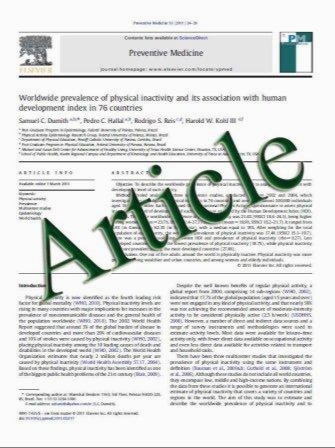Endovascular Treatment of Acute Arterial Hemorrhage in Trauma Patients Using Ethylene Vinyl Alcohol Copolymer (Onyx)
- نوع فایل : کتاب
- زبان : انگلیسی
- مؤلف : R. Mu¨ ller-Wille P. Heiss T. Herold E. M. Jung A. G. Schreyer O. W. Hamer J. Rennert P. Hoffstetter C. Stroszczynski N. Zorger
- چاپ و سال / کشور: 2011
Description
Purpose This study was designed to determine the feasibility and efficacy of endovascular embolization with liquid embolic agent ethylene vinyl alcohol copolymer (Onyx) in patients with acute traumatic arterial bleeding. Methods This is a retrospective review of 13 patients (9 men and 4 women; mean age 45 years) with severe trauma who underwent embolotherapy using Onyx from November 2003 to February 2009. Bleeding was located in the pelvis (5 patients), kidney (3 patients), mesenteric region (2 patients), retroperitoneal space (2 patients), neck (1 patient), and thigh (1 patient). In three cases (23.1%), Onyx was used in conjunction with coils. We evaluate the technical and clinical success, procedural and embolization time, occurrence of rebleeding, and embolotherapy-related complications, such as necrosis or migration of Onyx into nontarget vessels. Results In all patients, embolotherapy was technically and clinically successful on the first attempt. Control of bleeding could be reached with a mean time of 19 (range, 4–63) min after correct placement of the microcatheter in the feeding artery. No recurrent bleeding was detected. No unintended necrosis or migration of Onyx into a nontarget region was observed. During the follow-up period, three patients (23.1%) died due to severe intracranial hemorrhage, cardiac arrest, and sepsis. Conclusions Transcatheter embolization with new liquid embolic agent Onyx is technically feasible and effective in trauma patients with acute arterial hemorrhage.
Cardiovasc Intervent Radiol DOI 10.1007/s00270-011-0134-x Received: 13 December 2010 / Accepted: 15 February 2011


